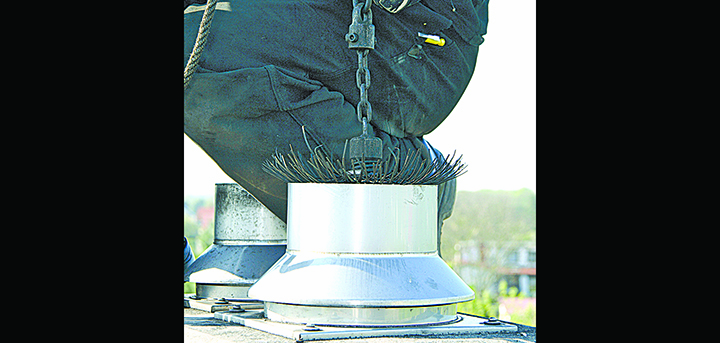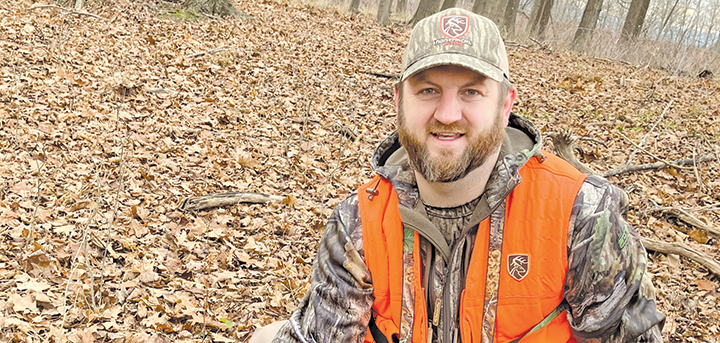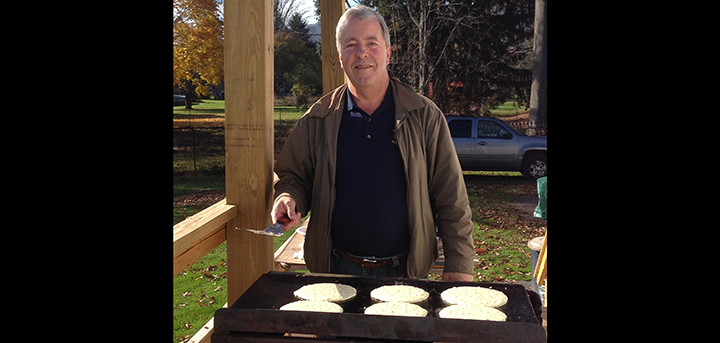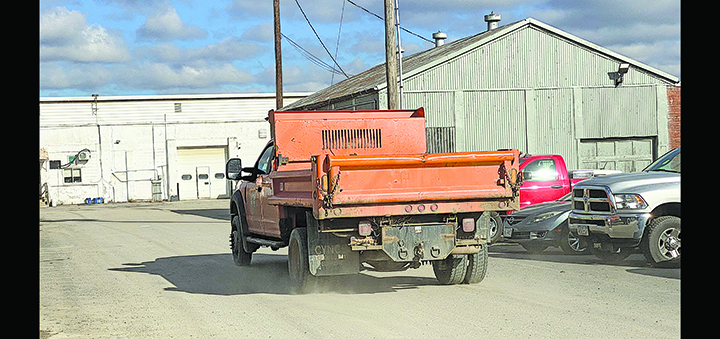EPA improves clean up measures for potentially hazardous site
LINCKLAEN – The Environmental Protection Agency has modified clean-up efforts for the Solvent Savers site after seeing a reduction in the contamination of ground soil over the past 11 years.
Solvent Savers was a chemical waste recovery facility used for re-processing and disposal from 1967 to 1974. The facility’s functions included distillation in order to recover solvents to be re-used, drum reconditioning and burial of solids, sludge, liquids and drums throughout the site. Quantities of wastes disposed are not fully known. There have been two 15-20-foot deep holes spotted on the property and it has been speculated a tanker was also buried there, said EPA investigators.
Lincklaen’s population of about 500 includes 15 diary farms and some of the cow pastures are located within two miles of the 13-acre site, near Mud Creek. The pastures are downstream from the site and may be at risk for contamination, the EPA said. Mud Creek is used for recreational purposes and corn, alfalfa and other crops are grown in the nearby area. There are also two residences near the site.
Concerns, which have been debated for years, have to do with the ground water, surface water, sediments and soil being at risk for volatile organic compound (VOC) contamination. Residents of the area have no public water supply and therefore rely on private wells.











Comments